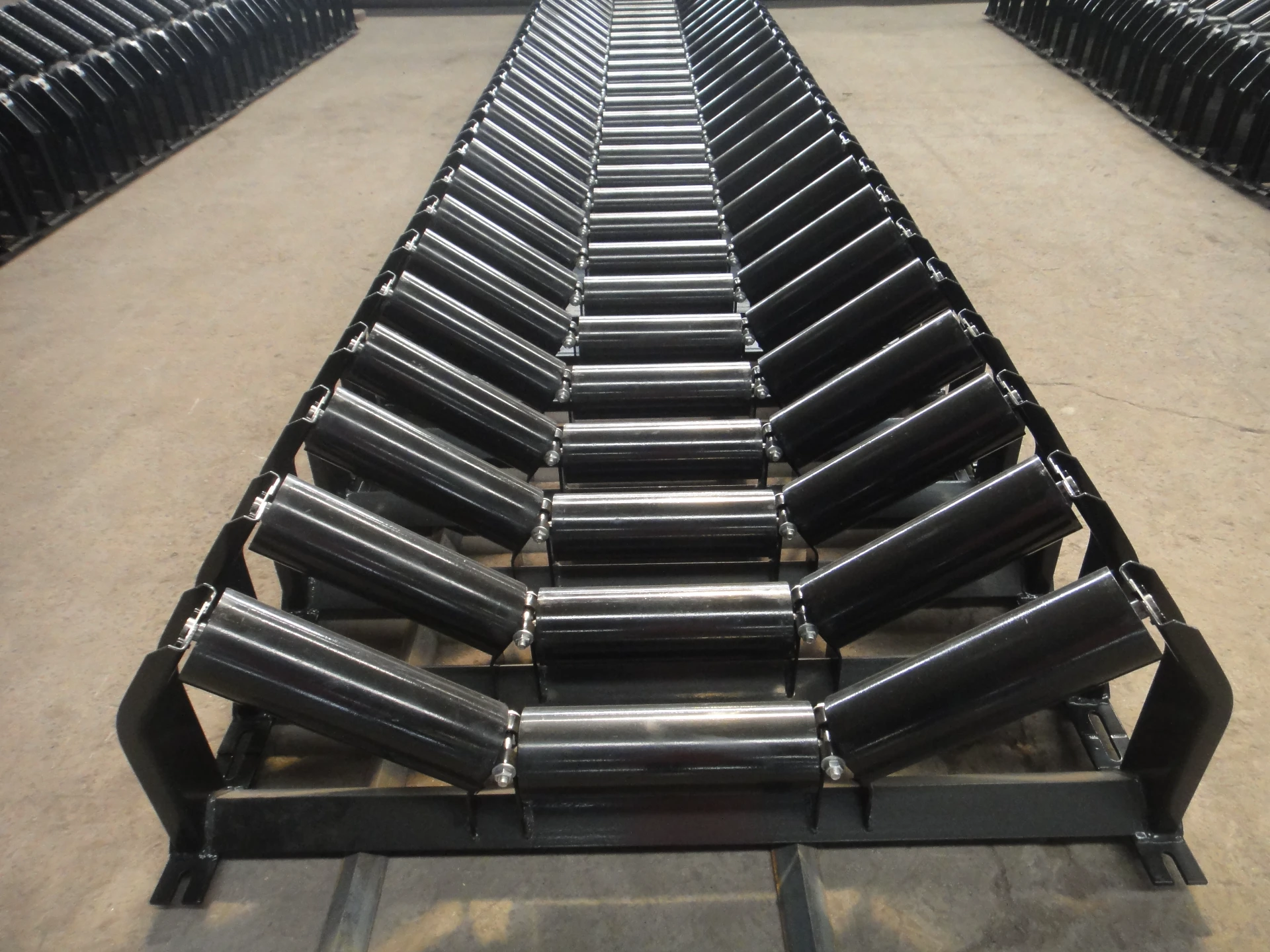 Afrikaans
Afrikaans  Albanian
Albanian  Amharic
Amharic  Arabic
Arabic  Armenian
Armenian  Azerbaijani
Azerbaijani  Basque
Basque  Belarusian
Belarusian  Bengali
Bengali  Bosnian
Bosnian  Bulgarian
Bulgarian  Catalan
Catalan  Cebuano
Cebuano  Corsican
Corsican  Croatian
Croatian  Czech
Czech  Danish
Danish  Dutch
Dutch  English
English  Esperanto
Esperanto  Estonian
Estonian  Finnish
Finnish  French
French  Frisian
Frisian  Galician
Galician  Georgian
Georgian  German
German  Greek
Greek  Gujarati
Gujarati  Haitian Creole
Haitian Creole  hausa
hausa  hawaiian
hawaiian  Hebrew
Hebrew  Hindi
Hindi  Miao
Miao  Hungarian
Hungarian  Icelandic
Icelandic  igbo
igbo  Indonesian
Indonesian  irish
irish  Italian
Italian  Japanese
Japanese  Javanese
Javanese  Kannada
Kannada  kazakh
kazakh  Khmer
Khmer  Rwandese
Rwandese  Korean
Korean  Kurdish
Kurdish  Kyrgyz
Kyrgyz  Lao
Lao  Latin
Latin  Latvian
Latvian  Lithuanian
Lithuanian  Luxembourgish
Luxembourgish  Macedonian
Macedonian  Malgashi
Malgashi  Malay
Malay  Malayalam
Malayalam  Maltese
Maltese  Maori
Maori  Marathi
Marathi  Mongolian
Mongolian  Myanmar
Myanmar  Nepali
Nepali  Norwegian
Norwegian  Norwegian
Norwegian  Occitan
Occitan  Pashto
Pashto  Persian
Persian  Polish
Polish  Portuguese
Portuguese  Punjabi
Punjabi  Romanian
Romanian  Russian
Russian  Samoan
Samoan  Scottish Gaelic
Scottish Gaelic  Serbian
Serbian  Sesotho
Sesotho  Shona
Shona  Sindhi
Sindhi  Sinhala
Sinhala  Slovak
Slovak  Slovenian
Slovenian  Somali
Somali  Spanish
Spanish  Sundanese
Sundanese  Swahili
Swahili  Swedish
Swedish  Tagalog
Tagalog  Tajik
Tajik  Tamil
Tamil  Tatar
Tatar  Telugu
Telugu  Thai
Thai  Turkish
Turkish  Turkmen
Turkmen  Ukrainian
Ukrainian  Urdu
Urdu  Uighur
Uighur  Uzbek
Uzbek  Vietnamese
Vietnamese  Welsh
Welsh  Bantu
Bantu  Yiddish
Yiddish  Yoruba
Yoruba  Zulu
Zulu conveyor pulley lagging types
Understanding Conveyor Pulley Lagging Types
Conveyor systems are pivotal in various industries, facilitating the efficient movement of materials from one point to another. At the core of these systems are conveyor pulleys, particularly the drive pulleys, which play a crucial role in the overall functionality. One essential component that enhances the performance and longevity of these pulleys is lagging. This article explores the various types of conveyor pulley lagging, their purposes, and benefits.
What is Pulley Lagging?
Lagging refers to the material that is applied to the surface of a conveyor pulley. It serves several key functions including improving traction between the belt and the pulley, protecting the pulley from wear, and reducing slippage. Properly lagged pulleys can greatly enhance the performance of conveyor systems by ensuring better belt stability and reducing maintenance costs.
Common Types of Conveyor Pulley Lagging
1. Rubber Lagging Rubber is one of the most commonly used materials for lagging because of its excellent frictional properties and durability. It is available in various thicknesses and can be applied in a smooth or patterned form. The textured surfaces often enhance traction, thereby minimizing the likelihood of slippage. Rubber lagging also acts as a protective barrier, reducing wear on the metal pulley underneath.
2. Ceramic Lagging Ceramic lagging is engineered for high-wear applications, particularly in industries where heavy loads and abrasive materials are common. This type incorporates ceramic tiles on the surface, which provide superior grip and durability. Ceramic lagging is particularly beneficial in steeply inclined belt applications and in environments where heavy and abrasive materials are transported.
3. Polyurethane Lagging Known for its resistance to wear and environmental factors, polyurethane lagging is increasingly popular in various applications. It exhibits excellent chemical resistance and can maintain its integrity in extreme conditions. This type of lagging is typically lighter and can extend the life of the conveyor system. The cushioning effect of polyurethane helps reduce vibrations and noise during operation.
4. Epoxy Lagging Epoxy lagging is a specialist option that involves applying a highly durable epoxy resin mixture to the pulley. This creates a tough surface that bonds strongly to the metal pulley, providing a long-lasting and wear-resistant solution. Epoxy lagging is often used in applications involving corrosive materials, as it can withstand harsher conditions compared to traditional materials.
conveyor pulley lagging types

5. Textile Lagging Textile or fabric-based lagging is less common but still utilized in specific scenarios. It often comprises layers of fabric laminated with rubber or other materials. This type of lagging is lightweight and may be easier to install and replace. It is primarily used in less demanding application environments where the conditions do not call for heavy-duty protection.
Choosing the Right Lagging
Selecting the appropriate lagging type for a conveyor pulley depends on several factors including the type of materials being transported, the operational environment, and the specific challenges faced. Considerations such as load weight, incline, and exposure to chemicals or abrasion will dictate the most suitable lagging material.
Benefits of Proper Lagging
Investing in the right conveyor pulley lagging can lead to numerous benefits, including
- Reduced Slippage Improved traction minimizes the chances of the belt slipping, maintaining the efficiency of the conveyor system. - Increased Lifespan Proper lagging protects the pulley from premature wear, promoting a longer service life for the pulleys. - Lower Maintenance Costs With reduced wear and slippage, the need for replacement and repairs diminishes, cutting down overall maintenance expenditures. - Enhanced Safety Proper lagging reduces the risk of accidents caused by slippage, contributing to a safer working environment.
Conclusion
Understanding the different types of conveyor pulley lagging is essential for optimizing conveyor system performance. By selecting the appropriate lagging material and applying it correctly, industries can enhance their operational efficiency, reduce maintenance costs, and extend equipment lifespan. As industries evolve, so too will the technologies and materials used in conveyor systems, yet the significance of effective pulley lagging remains a constant in delivering reliable and efficient material handling solutions.
-
Trusted Conveyor Solutions from Leading Conveyor Idler Roller ManufacturersNewsJun.27,2025
-
Reliable Return Idler Solutions for Efficient Belt Conveyor SystemsNewsJun.27,2025
-
Precision Conveyor Accessories for Streamlined Material HandlingNewsJun.27,2025
-
High-Quality Belt Conveyor Idler Solutions for Efficient Material HandlingNewsJun.27,2025
-
High-Performance Belt Conveyor Pulleys for Reliable Material HandlingNewsJun.27,2025
-
Enhancing Material Handling EfficiencyNewsJun.27,2025





























